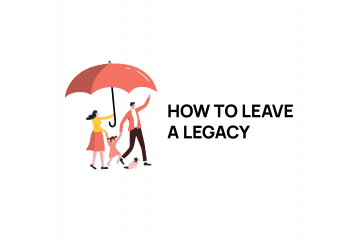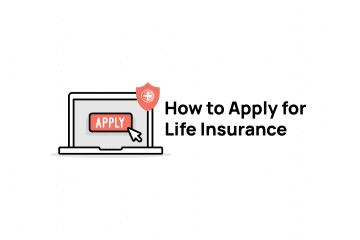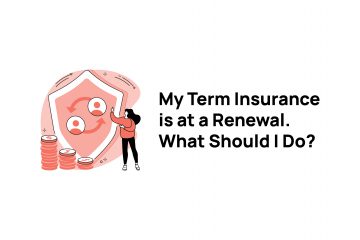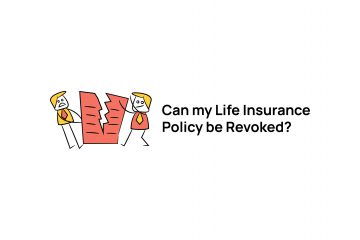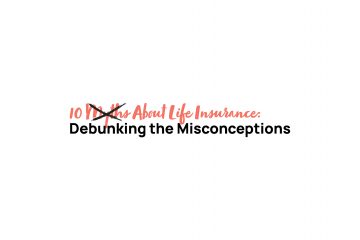The general rule of thumb for smokers is that your life insurance premiums will be double that of a nonsmoker. So how do we lower these premiums? That depends on whether you expect to quit smoking in the near future.
First, the strategy is not to fail to disclose your smoking status. You can imagine that insurance companies are sensitive about this subject and they will deny any claim for someone who misrepresents their status on the application.
It’s also important to understand the definition of smoking by insurance companies as it differs from consumers’ understanding of what qualifies as ‘smoking’. For life insurance policies, if you have had anything at all to smoke in the last year – even once – then you will qualify at smoker premiums (even if you don’t consider yourself a smoker). This includes one time marijuana use. The exceptions to this are pipe and cigar smoking. If you are an occasional pipe or cigar smoker (about once per month) then you may qualify at nonsmoker premiums with many companies.
In terms of strategies, if you have no intentions of quitting smoking then there is little that can be done to reduce premiums. I recommend you simply purchase the appropriate coverage and type at smoker rates. Should you ever quit smoking for a full year, you can request reconsideration to go to nonsmoking rates at that time.
If you have recently quit smoking or intend to quit smoking in the next couple of years then you can save substantially on your life insurance. Rather than purchasing a policy for the full term you are seeking, you can purchase a shorter term policy – perhaps a 10 year term policy rather than a 20 year term policy. However not just any 10 year term policy will do, we need a 10 year term policy that allows us to move to longer term policies in the future without a medical exam.
Let me illustrate by assuming 10 year term is half the premium of a 20 year term, and that smoking doubles your premiums. Let’s say the 10 year term premium for a smoker is $50. You could purchase a 20 year term for $100 and then when you quit smoking decrease your premiums to $50. Or you could purchase a 10 year term at $50 (instead of the $100 20 year term). Once you quit smoking your premiums drop to $25 (cut in half) and at that point you jump to the 20 year term, taking your premiums to $50. In other words, don’t lock into the longer term until after you quit smoking. That’s why it’s important to go with a company that allows you to jump to longer term periods without a medical exam.
The companies that currently let you jump to longer terms in the first 5 years of the policy are RBC, Canada Life, Equitable Life and Wawanesa. Wawanesa does not offer it contractually, but they do currently allow it. In addition, Wawanesa allows you to switch from 10 year to their longer terms without having the policy for an entire year (a provision that some of the other companies have). This is important if you’ve already quit smoking but it hasn’t been an entire year yet. And finally, I understand that Transamerica may also be implementing this feature in their policy in late 2012 (but does not currently have it available).
So that’s it. The summary is if you’re going to quit smoking, go with a shorter and less expensive term, from one of the companies that allows you to bump up to longer terms. Then go with the longer term after you’ve quit smoking for a full year.
Are you a smoker looking for life insurance? Contact us today or book a call with one of our life insurance specialists.



